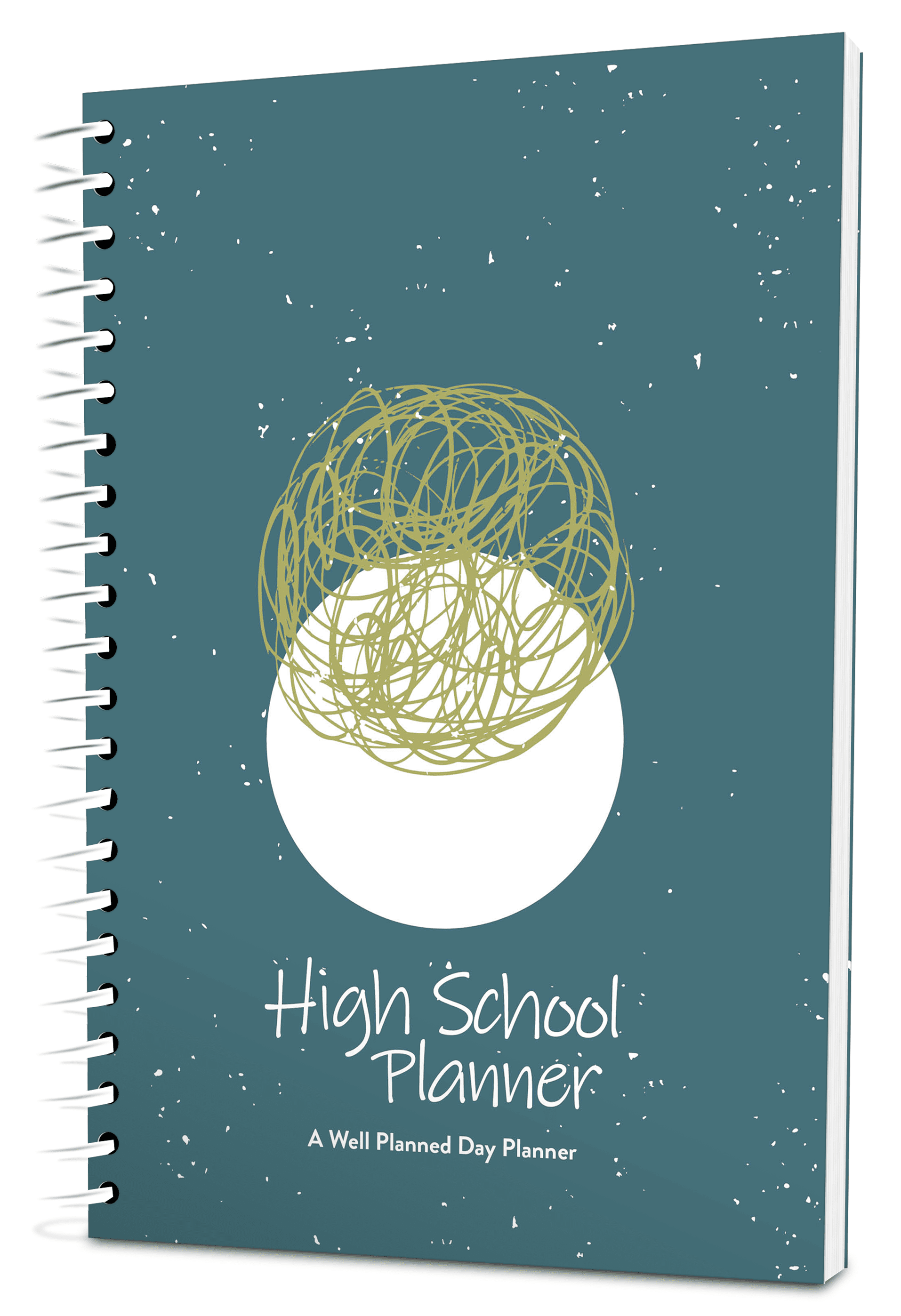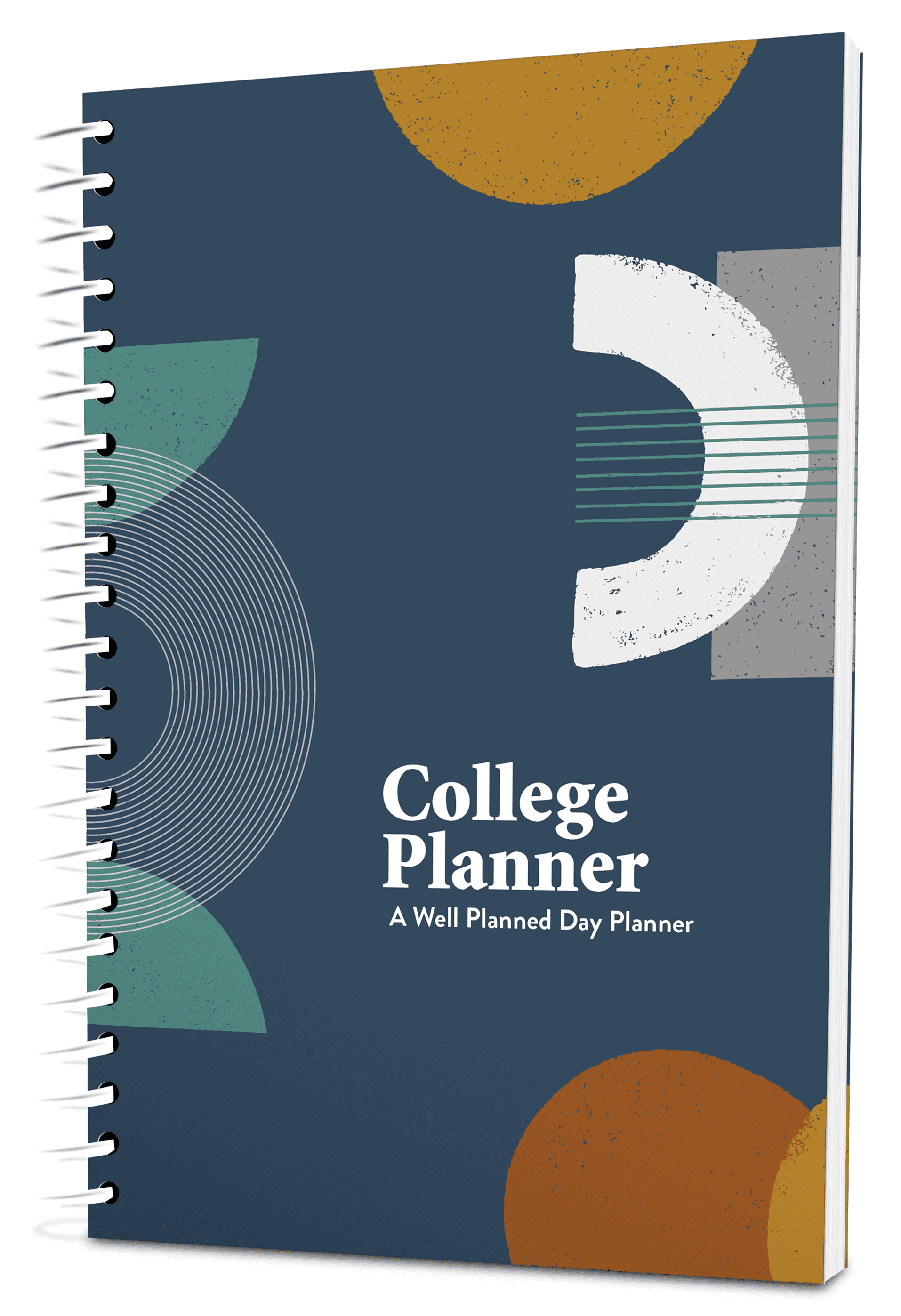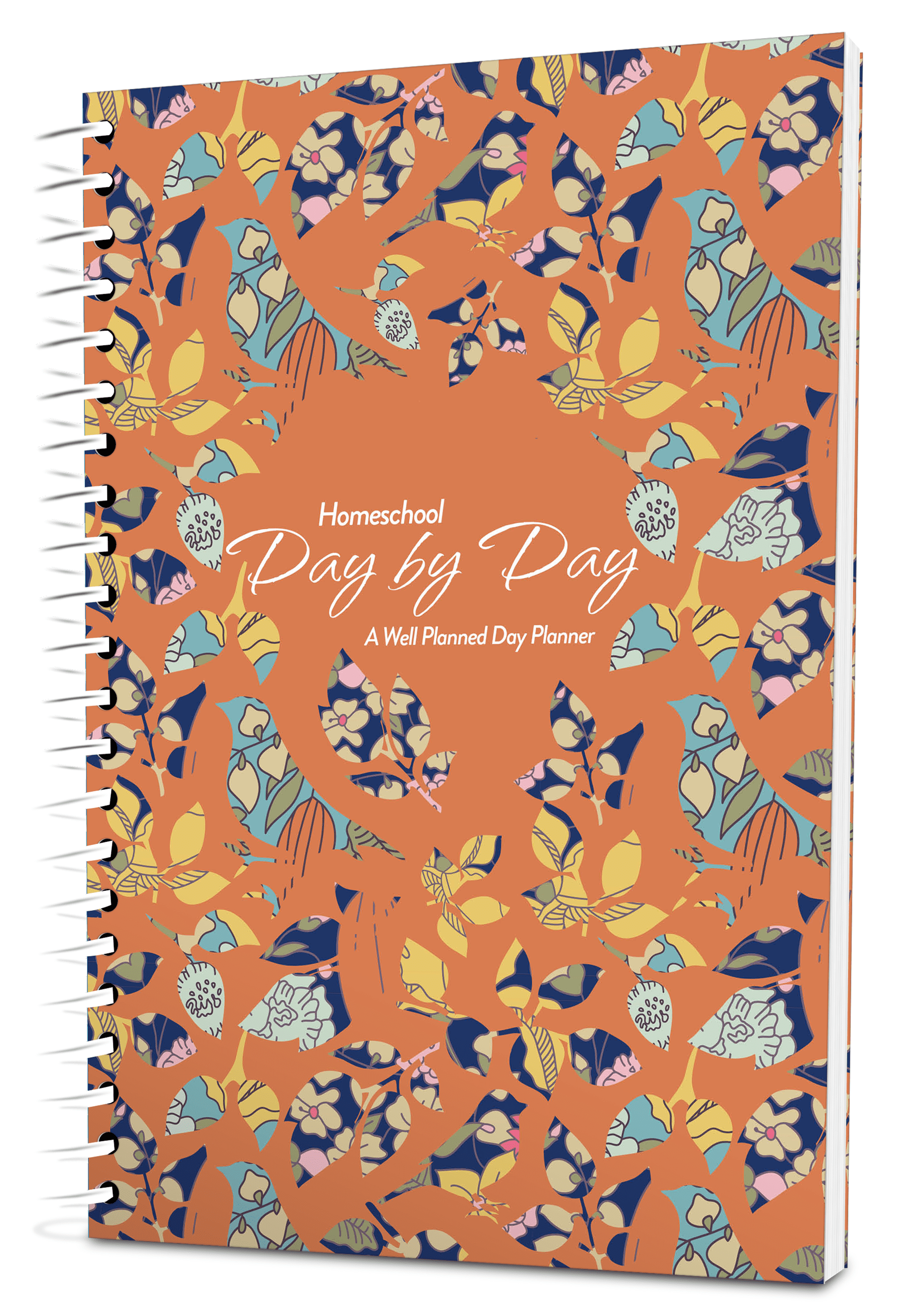Unless you were in certain teacher education classes in the early nineties, you may not realize that there was a full-out war that took place on phonics. My professor came to class in a t-shirt bearing the words “Hukt on Foniks Wurckt for Mea” in bright colors. My classmates and I were trained in a method called whole language. We considered traditional phonics instruction akin to a conspiracy theory or believing in the boogey man.
A Different Approach to Reading
A few years later, I found myself teaching my own child who needed a different approach to learning to read. Thankfully, I found help and resources within the homeschooling community, because I had never learned how to teach phonics effectively. The large number of products available for teaching phonics can be overwhelming. With two very different learners in our home, I have used a number of different materials to match their learning styles.
While everyone learns in his or her own particular way, many experts have grouped these preferences into three broad categories of “learning styles”: auditory, visual, and kinesthetic. Someone who prefers an auditory learning style will learn best through listening, visual learners need images to remember information, and a kinesthetic learner needs action and movement associated with the subject matter.
I have one auditory learner and one kinesthetic learner. Traditional phonics instruction is a combination of auditory and visual by nature. This approach was perfect for my daughter. My mover and shaker needed a whole different approach to learning phonics.
Activities for Different Learning Styles
So, what are some activities that work well for each of the learning styles? Here are a few ideas:
Auditory
- listen to phonics songs and chants
- make up your own personal phonics songs
- read “letter of the week” poems
- sing word play songs, such as “Apples and Bananas” or “Grace, Grace, Bo-Bace”
- play BINGO
- say a word and ask the child if the target sound is at the beginning, middle, or end
- read books that target specific phonemes
Visual
- use flash cards with pictures
- cover large tag board letters with items representing the letter sound, such as buttons or beans for B
- watch phonics programs such as Letter Factory
- use a whiteboard and write a word, then change just one letter and have the student say the word
- attach an index card to objects in the room (this works for beginning and ending sounds, as well as vowels)
- go “fishing” for letter sounds, using paper fish with paperclips attached to them and a stick-and-string pole with a magnet on the end
- use a highlighter
Kinesthetic
- build letters with play dough while saying the letter sound
- say a sound and ask your student to use Lego® blocks or Cuisenaire rods to form the letter
- write the letters in shaving cream, rice, or sand
- make letters out of sandpaper and trace them while saying the letter sound
- have a scavenger hunt for items beginning (or ending) with the same sound
- create letter puppets for target sounds, then make up a puppet show
- trace letters with crayons or markers while saying the sound
- make “bumpy letters” using glue on index cards for your child to feel while saying the letter sounds
- teach sign language for letters, then have your child show the correct letter for each sound
Phonics Suggestions for Your Learner
Wondering what phonics programs will best meet your child’s needs? Here are my suggestions!
Auditory-Visual
Kinesthetic
- Adventures in Phonics
- Saxon Phonics
- Alphatales
- Phonics CDs from Rock ‘N Learn
- Funky Phonics
- Teach Your Child to Read in 100 Easy Lessons
- Right-Brain Phonics
- Explode the Code
- Spell to Write and Read
- Bob Books
- The Original McGuffey Readers
- Alphaphonics
- Sing, Spell, Read, and Write
- All About Reading/All About Spelling
- Zoo Phonics
- Touch Phonics
- Happy Phonics
















Rachel Johnson
Maybe it’s my phone? But all the products are listed under kinesthtic and there’s nothing under auditory/visual. Wondering which are actually kinesthetic.
Ann Hibbard
Rachel, thank you for letting me know! I have not been in the habit of checking every post on mobile, so I didn’t realize that the columns were messed up. I’m going to try to fix that so it will show up correctly on mobile.
In the meantime, the last four (All About Reading, Zoo Phonics, Touch Phonics, and Happy Phonics) are all in the kinesthetic column. The rest are auditory/visual. Hope that helps, and thanks again for the heads up on the problem.